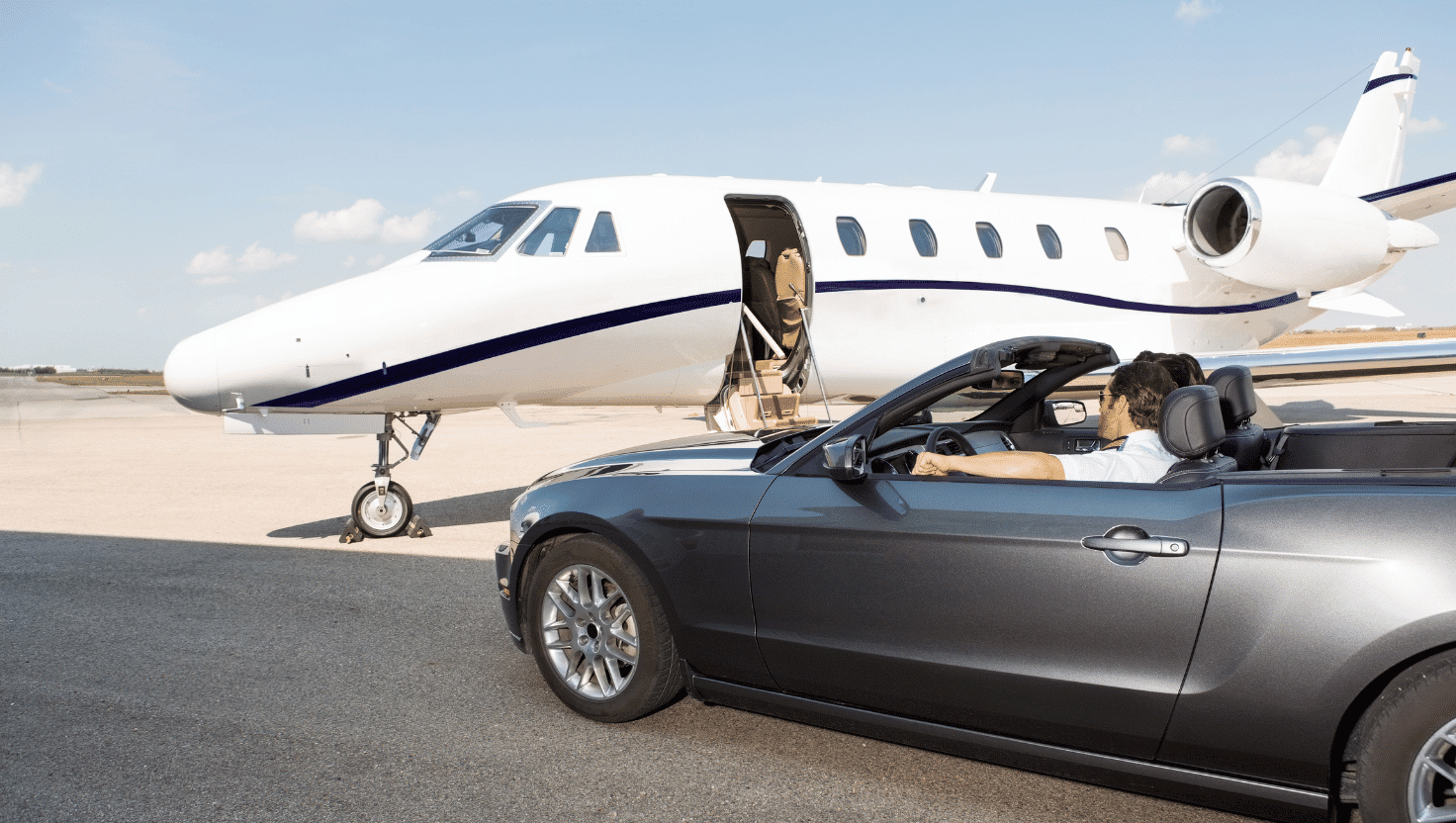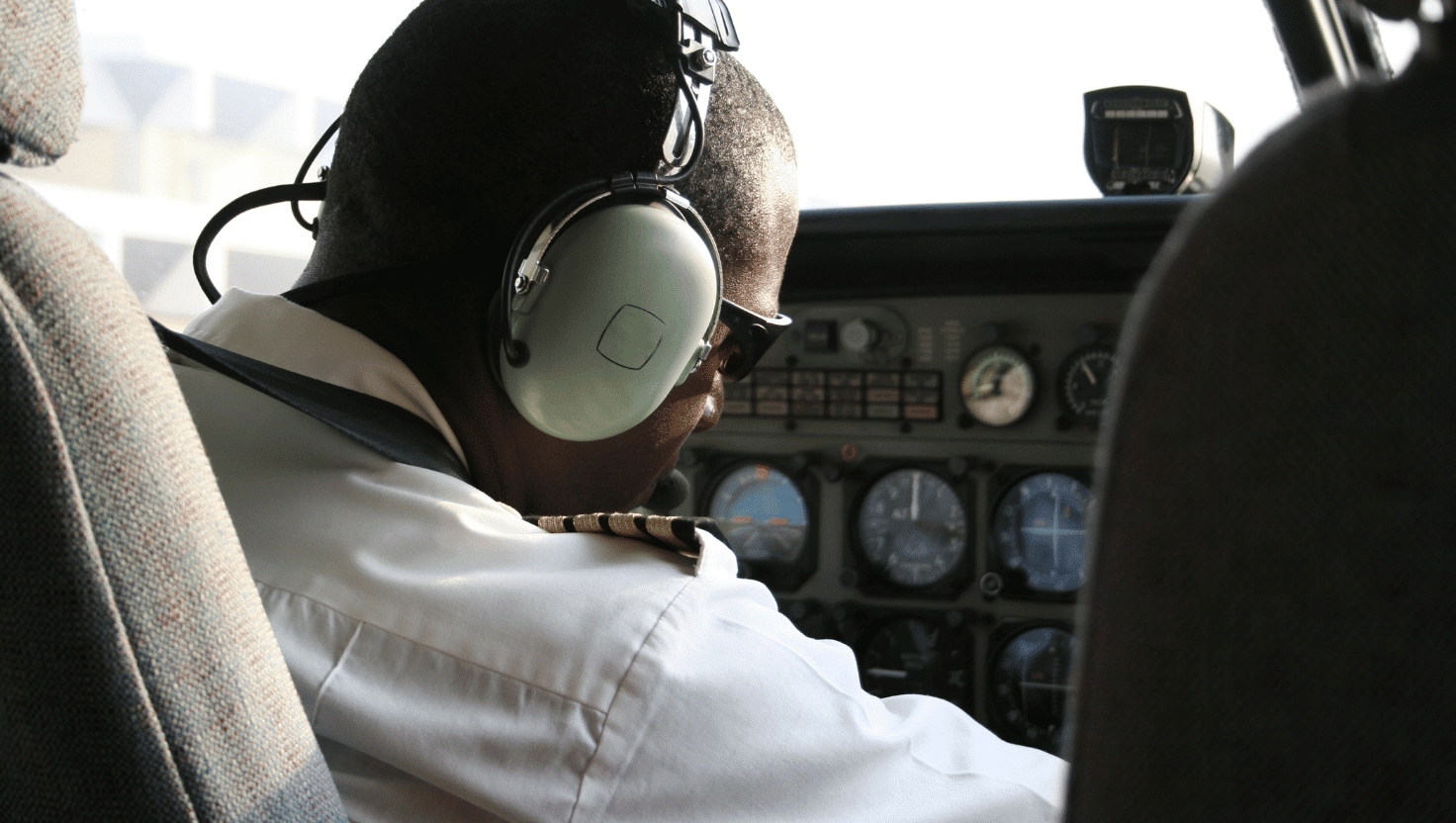As you consider converting your foreign pilot license to a US one, you’re likely wondering what the process entails.
Converting your license isn’t a straightforward task, but with the right guidance, you can navigate the process successfully.
In this article, you will learn everything you need to know about converting your foreign pilot license to a Federal Aviation Authority (FAA) certificate, including the requirements, conversion process, and maintaining your FAA certificate.
By following these steps, you can ensure a smooth transition and start flying in the US with your new FAA certificate.
Does the FAA Recognize Foreign Pilot Experience?
To begin with, the FAA does recognize foreign pilot experience, and you can use it to obtain an FAA private pilot certificate.
Luckily, your experience can be recognized when transferring from a foreign Private Pilot’s License (PPL) to an FAA private pilot certificate if validated successfully.
Understanding the Recognition Process
To understand the recognition process, you need to know that the FAA calls their pilot licenses “certificates.” So, an FAA Private Pilot License (PPL) is actually a private pilot certificate.
The same goes for the Commercial Pilot License (CPL) – it’s called the commercial pilot certificate.
Factors Affecting Recognition
Clearly, several factors affect the recognition of your foreign pilot experience, including flight experience, medical certificate, and English language proficiency.
Some key factors to consider are:
- Valid foreign pilot license
- Current medical certificate
- English language proficiency
Recognizing these factors is imperative to ensure a smooth conversion process.
Plus, you should be aware that the FAA has specific requirements for converting a foreign pilot license to an FAA certificate.
For example, you need to hold a current Class 3 or better medical certificate and be able to read, write, and speak English to a good standard.
Additionally, you need to undergo a background check and provide documentation of your foreign pilot license and medical certificate.
Recognizing these requirements is crucial to avoiding delays or complications in the conversion process.

Requirements
If you’re interested in converting your foreign pilot license to an FAA private pilot certificate, you must meet certain requirements, including holding a foreign PPL or CPL, a current Class 3 or better medical certificate, and being able to travel to the US and upload documents electronically or post via mail.
Eligibility Criteria
To be eligible for a foreign pilot license conversion, you must hold a valid and current foreign PPL or CPL, and be willing to undergo the conversion process, which includes validating your foreign license and meeting the necessary requirements.
Documentary Requirements
With the necessary documents, you can start the conversion process, including a completed Verification of Foreign License and Medical Form (FAA Form 8060-71), a copy of your Foreign ICAO License, and a copy of your Medical Certificate, which will be verified by the FAA.
Plus, you will need to provide additional documents, such as a completed Airman Certificate Application Form (FAA Form 8710), and demonstrate your fluency in the English language, with the ability to read, write, and speak to a good standard, which is vital for safe communication during flight operations.
You must also hold a current Medical Certificate (Min Class 3 for a PPL), and undergo a background check, which is a critical step in ensuring the safety of passengers and other aircraft.
Furthermore, if you want to convert your instrument rating, you must undergo the instrument foreign pilot written test, which will assess your theoretical knowledge of instrument flying, and bring the results of this test with you to the meeting with the FSDO Inspector or DPE, which is a mandatory requirement for the conversion process.
The Conversion Process
Even when converting your foreign pilot license to an FAA certificate, you must validate your experience and follow the required steps.
You will need to create an online profile and submit forms, including a Verification of Foreign License and Medical Form, and a copy of your Foreign ICAO License and Medical Certificate.
The FAA will verify your license and issue a Letter of Verification within 90 days, and you will have 6 months to visit the US to complete the process.
Ensure you meet all requirements, including being fluent in English and holding a current Medical Certificate, to obtain your Foreign-Based FAA private pilot certificate.
Tips for a Smooth Conversion
Despite the complexity of the conversion process, you can ensure a smooth transition by considering a few key factors.
To achieve this, you should:
- Understand the requirements for converting your foreign pilot license to an FAA certificate
- Prepare for the written exams and checkride
Knowing these details will help you navigate the process with ease.
Preparation is Key
Little do you know, the key to a successful conversion lies in thorough preparation.
You should start by gathering all the necessary documents, including your foreign pilot license, medical certificate, and proof of identification.
This will save you time and unnecessary hassle in the long run.
Staying Organized
While the conversion process can be overwhelming, staying organized is vital. You should create a checklist of all the requirements and deadlines to ensure you stay on track.
This includes submitting your application, scheduling your written exams and checkride, and ensuring you have all the necessary documents.
Preparation is imperative when it comes to staying organized.
You should start by researching the FAA’s requirements and regulations, as well as the specific procedures for converting your foreign pilot license.
This will help you understand what to expect and what you need to do to ensure a smooth conversion.
By staying organized and prepared, you can avoid delays and complications that may arise during the process.
Furthermore, being organized will help you feel more confident and in control, which is imperative for a successful conversion.
Additionally, it’s important to note that the FAA has specific rules and regulations that you must follow, and being organized will help you ensure you are complying with these requirements.
Overall, staying organized is critical to a successful conversion, and you should make it a top priority throughout the process.
When converting your foreign pilot license to an FAA certificate, there are several factors to consider.
After understanding the requirements and process, you should think about the time and cost implications, as well as the recency of your experience.
You should consider the following:
- Validation of your foreign license
- Compliance with FAA regulations
- Time and cost of the conversion process
The conversion process can be complex, so it’s vital to be prepared.

Factors to Consider
After understanding the requirements and process, you should think about the time and cost implications, as well as the recency of your experience.
You should consider the following:
- Validation of your foreign license
- Compliance with FAA regulations
- Time and cost of the conversion process
The conversion process can be complex, so it’s vital to be prepared.
Time and Cost Implications
The time and cost implications of converting your foreign pilot license to an FAA certificate can be significant.
The process can take several months to complete, and you will need to factor in the cost of traveling to the US, accommodation, and examination fees.
The total cost can range from $1,000 to $5,000 or more, depending on your individual circumstances.
Recency of Experience
For a successful conversion, you will need to demonstrate recent flight experience.
You should ensure that your flight hours are up to date and that you have a current medical certificate.
This will help you to meet the FAA’s requirements and avoid any potential delays or complications in the conversion process.
Time is of the essence when it comes to converting your foreign pilot license to an FAA certificate.
You should plan carefully and make sure you have enough flight hours and recent experience to meet the FAA’s requirements. A lack of recent experience can lead to additional training requirements or even denial of your application.
On the other hand, having recent and relevant experience can make the conversion process smoother and faster.
The FAA takes recency of experience seriously, and you should too, to ensure a successful conversion.
Unrestricted FAA License
Now, you’ve completed the conversion process and want an unrestricted FAA private or commercial certificate.
You must complete a written exam and a check ride for each license.
This will grant you the freedom to fly in the US without restrictions, allowing you to exercise full privileges as an FAA-certified pilot, which is a significant milestone in your aviation career, and it’s necessary to note that this certificate will give you more flexibility in your flying endeavors.
Final Words
Following this guide, you should now have a clear understanding of how to convert your foreign pilot license to an FAA certificate.
You will have successfully navigated the conversion process, from verifying your foreign license to obtaining a foreign-based FAA private pilot certificate and potentially upgrading to a full FAA private pilot certificate. With your new FAA certificate in hand, you can exercise your privileges and enjoy flying in the US, while also staying current with ongoing requirements to maintain your license.
You are now ready to take to the skies in the US with your new FAA certificate.
